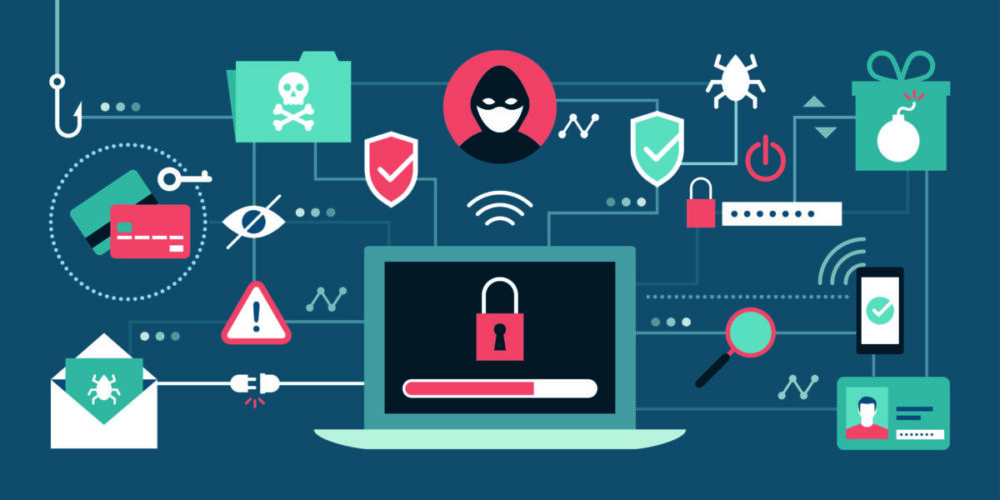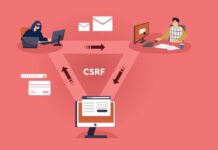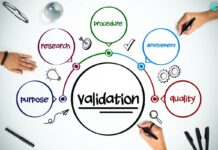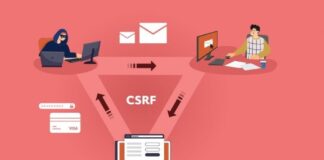
Are you familiar with the concept of dark web monitoring? If so, are you also familiar with the types of data that this monitoring is designed to look for? It is an important question to answer if you are tasked with keeping a network secure. The success of your efforts is directly tied to the data that drives your decisions.
DarkOwl is a leading provider of dark web monitoring services and threat intelligence. They say that the dark web is awash in information and data that can be used to pull off a long list of malicious activities. So for their purposes and those of their clients, it’s important that DarkOwl prioritize the information its analysts look for.
Leaked and Stolen Information

All the information floating around the dark web can be classified under three categories. The first category is leaked and stolen information pertaining to financial accounts, business accounts, and so forth. Leaked and stolen information can include:
- Credit card numbers.
- Bank account numbers.
- Social Security numbers.
- Healthcare account information.
- Business account data.
Dark web monitoring also looks for leaked and stolen credentials that could help threat actors break into networks of all sorts. Stealing credentials is a primary strategy for pulling off ransomware attacks. Once a threat actor has access to an organization’s network, data and applications can be locked down and encrypted. The affected organization needs to pay a ransom to get its data and apps unlocked.
Cybercrime Tools

The second category is cybercrime tools. Believe it or not, cybercrime has become a highly sophisticated entity that can now be pursued by perpetrators with minimal technology skills. More sophisticated criminals are making it happen by selling cybercrime as a service.
Here are just a couple of examples:
- Ransomware Attacks – Less sophisticated threat actors can purchase pre-built ransomware tools that can be deployed with a few simple commands. They need only break into a network, plant the software, and execute it.
- Fraud Guides – Fraud guides account for 49% of all of the data bought and sold on the dark web. Perpetrators new to cybercrime can visit a dark web marketplace where guides explaining exactly how to pull off cybercrime are readily available.
Organizations like DarkOwl are interested in this sort of information because it helps them better understand what threat actors are up to. If they know the types of tools criminals are working with, they can get a pretty good idea of the types of attacks they hope to launch.
Government-Related Information
The third category is government-related information. It can be broken down into two subcategories: state-related information and crime data.
State-related information pertains to national security. It is information rogue nations are after in their attempts to interfere with other nations they consider enemies. As for crime data, it is used by law enforcement agencies to wage war against drug traffickers, human traffickers, weapons dealers, and more.
Dark Web Monitoring Produces Data

It should be clear to anyone looking at dark web monitoring that the practice produces data. That is the whole point. Continually monitoring the dark web for relevant data gives intelligence and security experts opportunities to identify threats before they emerge. It is essentially a proactive strategy to stop threats before they are able to cause significant damage.
The ability to stop emerging threats is directly related to the quality of the data an organization utilizes. Data is directly tied to decisions. So it’s imperative that organizations collect and analyze the right data. A customizable threat detection platform can help by prioritizing important data and filtering out what doesn’t matter.








